How to Prove Your Income When You Run Your Own Business
This article is by Logan Home Loans.
Helping families & businesses with their finance goals!
f you’re self-employed, proving your income to a bank can feel like a full-time job on its own. Unlike PAYG employees who hand over a few payslips, you need to show a fuller picture of your business’s health.
Here’s how to make it easy for both you and the lender.
1. Keep Your ABN Active and Consistent
Lenders prefer at least two years of ABN history to show your business is established. Make sure your ABN is active and registered under the same entity name as your financials.
2. Use Your Tax Returns to Tell the Right Story
Tax minimisation strategies are great for reducing your bill — but they can make your income look smaller to lenders. Talk to your accountant about striking a balance between tax efficiency and borrowing capacity, especially in the year before you apply.
3. Have Supporting Docs Ready
Beyond tax returns, you can use:
- BAS statements (showing consistent turnover)
- Business bank statements
- Profit and loss statements
- Accountant verification letters
These documents prove your income consistency and business performance.
4. Don’t Mix Business and Personal Finances
Keep a clear separation between your business and personal accounts. Lenders love clean records — and messy books can raise unnecessary red flags.
5. Partner With a Broker Who Gets It
At Logan Home Loans, we know exactly what lenders need to see — and how to present your financials in the best light. We’ll take care of the paperwork so you can focus on running your business.
Remember: proving your income isn’t about being perfect on paper — it’s about showing lenders the real strength of your business.




